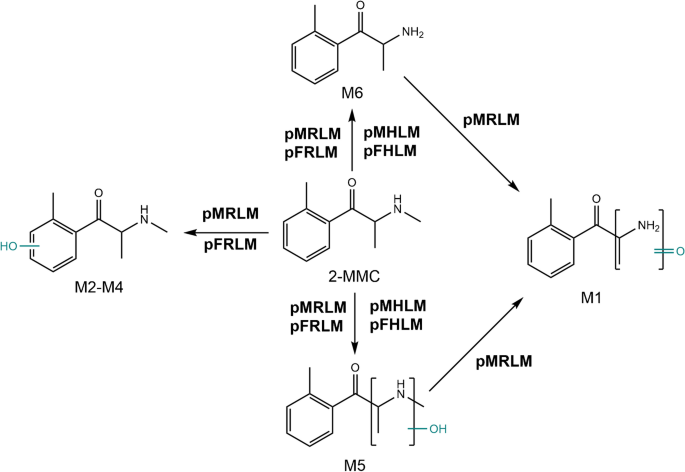2-Methylmethcathinone, often abbreviated as 2MMC, is a synthetic stimulant that belongs to the cathinone class. It shares similarities with other substances in the same category, such as mephedrone (4-methylmethcathinone) and methcathinone, both of which have been used recreationally for their psychoactive effects. 2MMC is a relatively new substance on the market and, like other cathinones, is typically found in powder form. In this article, we’ll explore its chemical properties, effects, risks, and legal status.
Chemical Structure and Properties
2MMC is a substituted derivative of methcathinone, which is chemically similar to amphetamines. It is structurally characterized by a methyl group at the 2-position on the phenyl ring. This modification is believed to enhance its stimulant properties and its ability to cross the blood-brain barrier. As a stimulant, it primarily affects the central nervous system, increasing levels of certain neurotransmitters like dopamine, norepinephrine, and serotonin.
Effects of 2MMC
The effects of 2MMC are similar to those of other cathinones, with users reporting a variety of psychoactive experiences. These effects can vary significantly depending on the dose, the user’s sensitivity, and whether other substances are involved. Common effects include:
- Euphoria and Increased Energy: Many users report a sense of intense pleasure, energy, and motivation, making it popular in recreational contexts.
- Enhanced Sociability: Similar to other stimulants, 2MMC may reduce social inhibitions and increase feelings of talkativeness and connection with others.
- Increased Heart Rate and Blood Pressure: As with other stimulants, users may experience physical effects such as an elevated heart rate, increased blood pressure, and a sense of physical stimulation.
- Stimulant-like Side Effects: Other side effects can include anxiety, agitation, paranoia, and a lack of appetite.
It is important to note that the effects of 2MMC can vary widely, and the potential for negative psychological reactions is significant, especially with higher doses or extended use.
Risks and Adverse Effects
As with any psychoactive substance, the use of 2MMC comes with potential risks. The main concerns include:
- Toxicity and Overdose: Because 2MMC is often sold in unregulated environments, purity and dosage can vary, increasing the risk of accidental overdose. Symptoms of overdose may include seizures, hyperthermia (elevated body temperature), cardiovascular complications, and in extreme cases, death.
- Addiction and Dependence: Like many stimulant drugs, 2MMC has the potential to be habit-forming. Repeated use can lead to tolerance, dependence, and a cycle of compulsive use.
- Mental Health Issues: Regular or heavy use can lead to negative psychological effects, such as anxiety, paranoia, depression, and psychosis. These effects can persist long after the substance has left the system, particularly in individuals who are predisposed to mental health disorders.
- Physical Side Effects: In addition to cardiovascular strain, 2MMC can cause muscle tension, headaches, and dehydration. These physical effects may be exacerbated if the substance is used in hot environments or in combination with other stimulants or alcohol.
Legal Status
The legal status of 2MMC varies widely by country. In many places, it is classified as a controlled substance, making its production, distribution, and use illegal. However, in certain regions, it may exist in a legal gray area, being marketed as a “research chemical” or for “novelty use,” which allows it to be sold with limited regulation. As laws surrounding synthetic drugs evolve, the legality of 2MMC can change, so it is important for individuals to stay informed about the regulations in their specific location.
Conclusion
2MMC is a potent stimulant that, like other cathinones, carries significant risks for users. While it may offer short-term euphoria, increased energy, and enhanced sociability, its potential for harm should not be underestimated. It can lead to both physical and psychological side effects, addiction, and overdose, and its legal status remains uncertain in many regions.
Given the unpredictable nature of unregulated substances, it is always advisable to approach such chemicals with caution. Education, harm reduction strategies, and awareness of the risks are essential for individuals who may encounter 2MMC or similar substances.
As with any psychoactive substance, it is important to prioritize safety and well-being and to seek professional help if any adverse effects or concerns arise.

